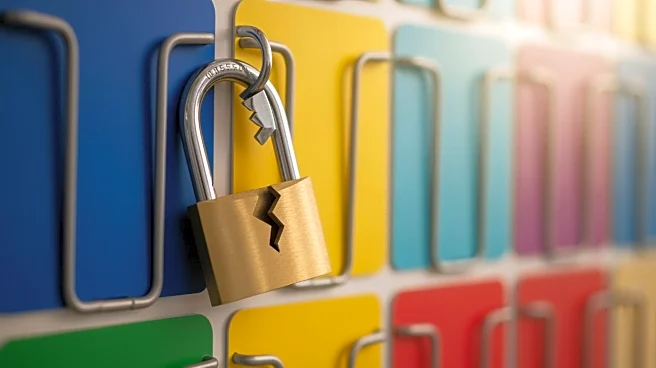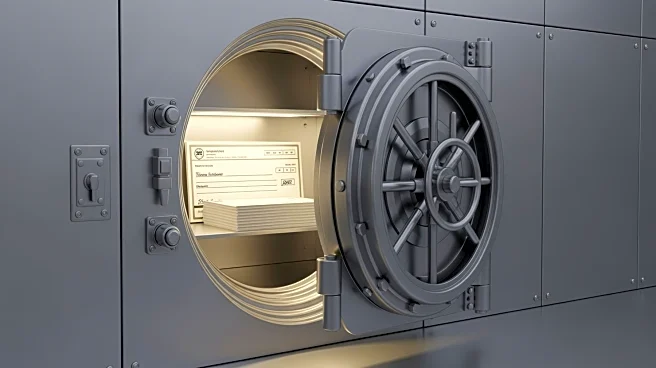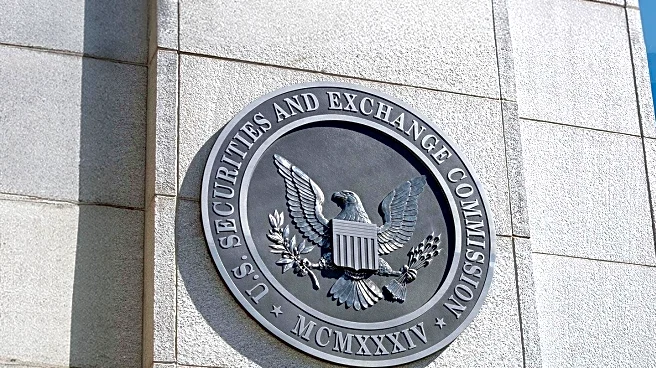What's Happening?
Gift cards have become a popular target for scammers, with the Federal Trade Commission reporting $148 million stolen from consumers in 2021. Scammers often tamper with gift cards on display racks, removing
protective film and recording card details to drain funds once activated. Kathy Stokes from AARP highlights the lack of protection for gift cards compared to debit and credit cards, as they are not covered by the Electronic Funds Transfer Act. Consumers are advised to check for tampering, keep receipts, and use cards promptly to avoid fraud.
Why It's Important?
The widespread use of gift cards as a payment method makes them an attractive target for fraud, impacting consumers and retailers alike. The lack of regulatory protection for gift cards means consumers may struggle to recover lost funds, relying on retailers' goodwill. This issue underscores the need for increased consumer awareness and potential regulatory changes to protect gift card users. As gift card fraud continues to rise, it could lead to decreased consumer trust and affect retail sales, especially during peak shopping seasons.
What's Next?
Consumers are encouraged to buy gift cards from secure locations, such as behind cashier counters or online, to reduce the risk of tampering. Retailers may need to implement stricter security measures for gift card displays and educate staff on identifying potential fraud. Additionally, there could be calls for legislative action to extend protections similar to those for debit and credit cards to gift cards, ensuring consumers have recourse in cases of fraud.
Beyond the Headlines
The ethical implications of gift card fraud highlight the need for better consumer protection and corporate responsibility. As gift cards are often given as gifts, the emotional impact of fraud can be significant, affecting relationships and trust. Long-term, increased fraud could lead to shifts in consumer behavior, with more people opting for direct cash gifts or other secure payment methods.











